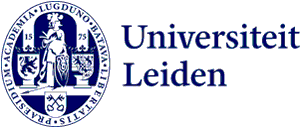Lecture | China Seminar
The Most Popular Buddhist Illustrated Book of circa 1450
- Date
- Wednesday 17 April 2024
- Time
- Serie
- LIAS China Seminar
- Address
-
University Library
Witte Singel 27
2311 BG Leiden - Room
- Vossius Room


Abstract
The 1450s represent a landmark decade for the history of the book and print culture. In Christian Europe, Johannes Gutenberg’s Bible, the first moveable-type book, is rightfully celebrated, but often mistakenly described as the beginning of printing worldwide. Mistakenly, because in Beijing, at the very same time, an indigenous Chinese Buddhist book, the Dharani Sutra of the Buddha’s Essence (Fodingxin tuoluoni jing 佛頂心陀羅尼經), was becoming the most popular illustrated Buddhist book in print; and it was printed, often on-demand, using a woodblock printing technology that had been in use in East Asia already for centuries. The text represents a melding of cultural traditions and beliefs, integrating a long-standing devotion to the compassionate bodhisattva Guanyin 觀音 (Avalokiteśvara), elements of talismanic culture, and common popular beliefs. Women and their families hoping for a baby boy or fearing childbirth’s dangers formed a large and mainstream audience. This is evident in the donors’ prayers, the illustrations highlighting women’s anxiety related to pregnancy and childbirth, as well as talismanic Esoteric Script Seals (mizi yin 秘字印) at the end of the text that claimed to be “efficacious in rescuing [a woman] from difficulties in childbirth” (neng jiu chan’nan 能救產難).”
This event is sponsored by The Hulsewé-Wazniewski Foundation.
